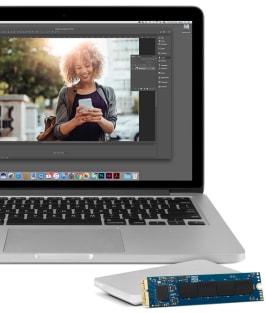Ahem...
Mac Pro with M2 Ultra combines our most capable Apple silicon yet with PCIe expansion for the ultimate in workstation-class performance.
www.apple.com
Furthermore...
There is evidence SSDs, including what NAND Apple utilizes, can potentially endure petabytes of data writing.
And this — defects aside, of course — typically increases with NAND capacity and free space. For example, if your storage needs, including caches, are ~1TB but you have an 8TB SSD, that’s a lot of extra cells padding for wear. Is that economical? Maybe. As a professional (i.e., profit) that’s part of the expense you need in your financial calculations.
Anyway… Back to the real topic...
Look at the choices and stop trying to swap/merge them, and you’ll have an easier time. If you prefer/need macOS, see advantages of an SOC, gain convenience in Apple’s wide ecosystem, and have the financial means, buy a Mac. If you enjoy tinkering/modding, are not dismayed by troubleshooting, have extra time/flexible schedule, and only see value in literal costs (e.g., individual component price tags), then “build” a PC. If taking time away from your core task (e.g., photographer, bookkeeper, etc) is problematic, you don’t have great PC component knowledge, buy a “prebuilt”/configurable PC (e.g.,
AVADirect,
Digital Storm,
Puget Systems).
In other words, stop trying to make a Mac a traditional PC, an iPhone a Samsung Galaxy, iOS into Android, etc, these are the options — and there’s no such thing, nor can there ever be, a device that provides every functionality, definitely not perfectly.




